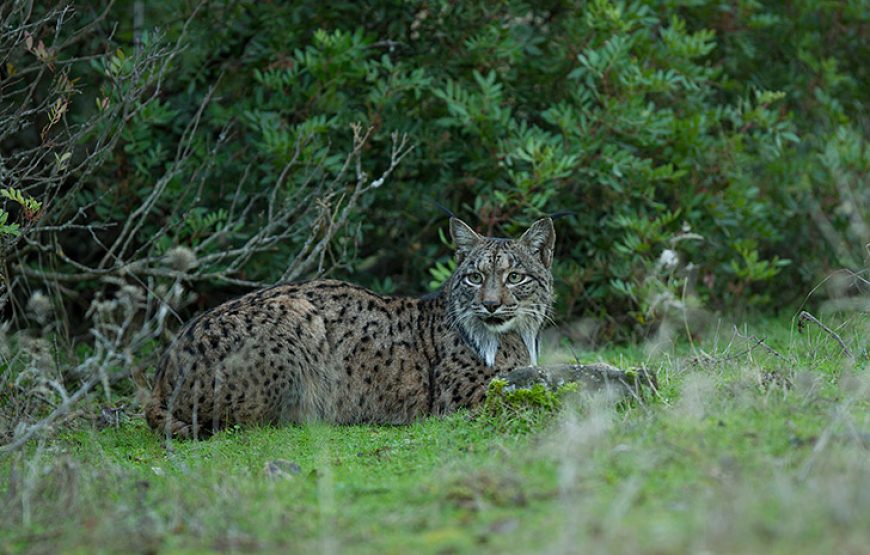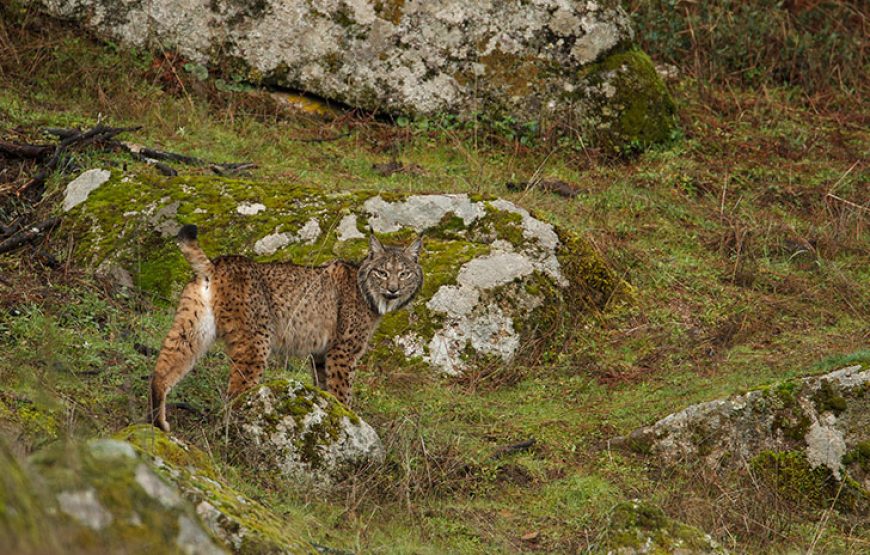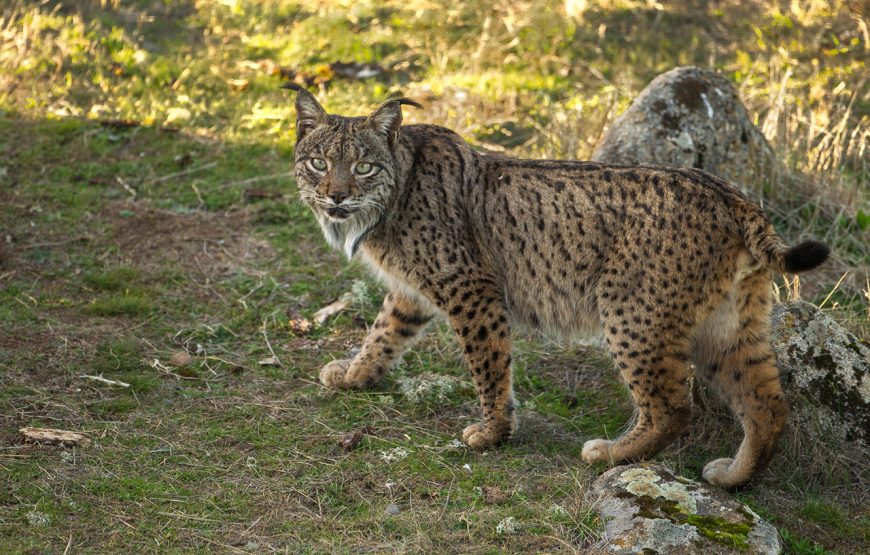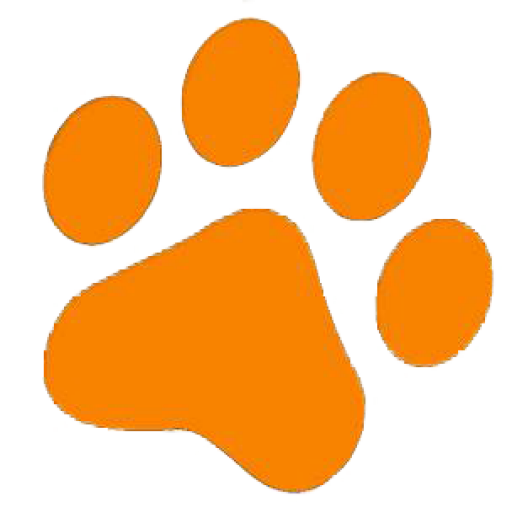from 0 review
5 Days / 4 Nights
Specific Tour
8 people
English, Espanol




This is a 5 days tour into the Sierra de Andujar Natural Park. A beautiful natural space, that offers some of the best wilderness landscapes in the whole Iberian Peninsula, being the refuge for the exceptional fauna and flora of the region.
Our main target will be the Iberian Lynx, the world’s most endangered cat.
This is a specialist tour and we will be using local knowledge, not only that of our company guides, but also that of local people who really do have their ear to the ground regarding the whereabouts of this elusive feline.
As a local company with local contacts and networks, we would like to offer you the opportunity to take up optimum vantage points in some of the finest areas of Mediterranean woodland in the Iberian Peninsula, a truly unique natural reserve that also holds a large population of raptor species with good numbers of Spanish Imperial eagle, Golden eagle, Black vulture and Griffon Vulture.
Information
The Sierras de Andújar NP forms part of the Sierra Morena mountain chain. This beautiful natural space in the northwest of the province, lies between the Rivers Yeguas and Jandula. The gently rolling Natural Park is densely wooded and boasts one of Andalucia’s best preserved expanses of Mediterranean forest and scrubland. The dominant vegetation is Mediterranean, with Cork and holm oak woodland, and the geology is granite, quartz and slate.
It hosts a large numbers of hoofed mammals like Red and Fallow deer along with Wild boar, Spanish ibex and Mouflon. Small carnivorous like Otters, Genet and Wildcat, and It is home to many endangered species: birds such as the magnificent Spanish Imperial Eagle and Black Vulture, the shy Black stork, as well as the most endangered cat in the world: the Iberian lynx. This Natural Park currently holds the best and most important population in terms of conservation of the specie, with about 250 lynx, which is around 70% of the world population. The very low density of rabbits is a big problem for the conservation of this feline.
A share of Iberian Lynx Land profits goes to the conservation of the Iberian Lynx. We work and collaborate with the landowners of the estates where this critically endangered feline lives, improving the habitat, or increasing the populations of its main prey – rabbit, building rabbit warrens and releasing rabbits in areas with a low density of them.
5 Days / 4 Nights
Minimum group: 3 people
Maximum group: 8 people

You’ll be met in the town of Andujar.
Transfer to your hotel in Sierras de Andujar Natural Park. Once you have settled in, we might make our first visit to one of the several viewing areas in the hope of finding an Iberian Lynx. Who knows, we might get lucky on our first attempt! So we'll go in search of our target in one of the best areas for wildlife. This is also a great place to enjoy along with the local territorial Spanish Imperial eagle and other raptors like Golden eagle and Black vulture.
Other species we hope to see are Kingfisher, Yellow wagtail, Iberian green woodpecker, Great spotted woodpecker, Short-toed treecreeper, Hawfinch, Great cormorant, Grey heron… In the dusk we’ll drive back to our hotel to relax after a long day, and get ready to enjoy the local gastronomy.

After an early breakfast, we’ll drive into the natural park. On the way to our watchpoints, we’ll cross a private estate where we can see fighting bulls next to the road. A little further ahead we’ll stop to look for our feline, by scanning from vantage points overlooking the dehesa.
At lunchtime, we'll set up our picnic lunch just by the river, near the dam of a reservoir, a good spot which overlooks the gully. After lunch, we'll continue to the main dam, and then walk over the massive concrete bridge. Here we can find some interesting birds such as Blue Rock Thrush, Crag Martin, Rock bunting, Red-billed chough.
There is also a short tunnel at the end of the dam, where we hope to see some species of bats: Whiskered, Daubenton’s, Schreiber’s and Great Mouse-eared Bats.

Two more days we’ll spend all our time - especially early morning and late afternoon - looking for this elusive animal and enjoying the wildlife from the best watchpoints.

Last chance to see "the cat".
After breakfast, and depending on your available time, we'll drive back to one of the watchpoints, with our focus always on getting Iberian Lynx. Our fifth day will provide us the last chance to find the lynx again, although hopefully by then we will have had good views of this feline during the previous days.
Leave a Reply